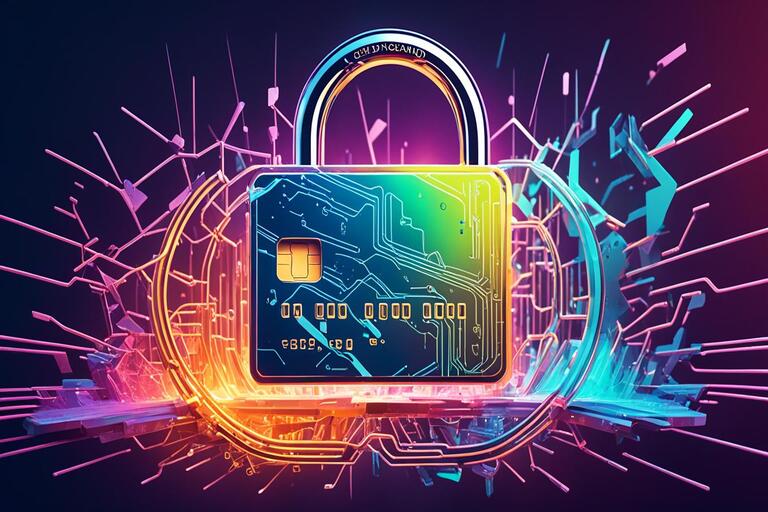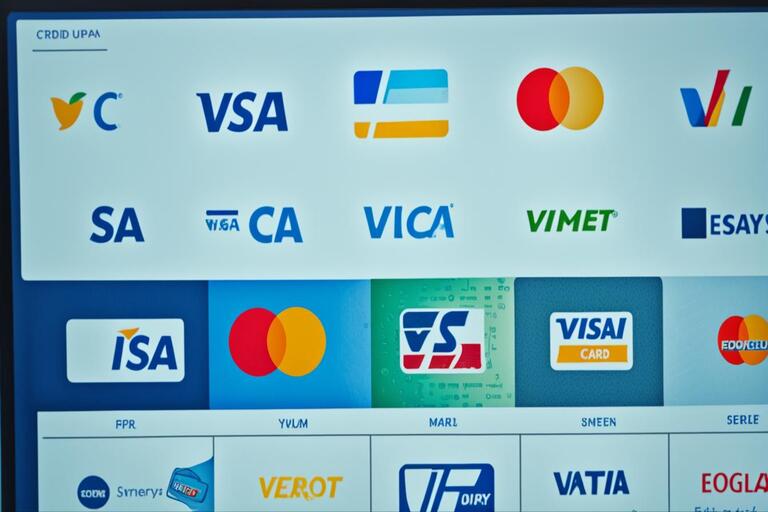
Everything about Buying Debit Card Dumps and CVV Dumps Fullz
Welcome Want to Fe shop learns the underground difficult world of debit card dumps and CVV fullz? Look no further! A Fe shop cc blog dedicated to discussing front-end technology, revealing everything you need before taking on this risky business. We have all the information you need from acquisition to use. Because here we go through the under-belly of cyber crime together…
What are Debit Card Dumps Fullz and CVV Dumps Fullz:
Debit card dumps and CVV fullz dump are a core part of the illicit transaction in cybercrime where, either by taking undue advantage or via scamming technique criminal acquires banking info. These identity theft crimes often involve stolen or skimmed debit card data, along with name, date of birth and social security number information. These two imply the fullz in criminal underground market.
What are Debit card dumps? This could include that cardholder's account number, expiration date and security code (CVV). This information can be used fraudulently for unauthorized purchases or to bank account cash withdrawals.
Like the fake data, all credit card spring dumps fullz also come with more information about individuals that can help do identity theft or other criminal activities. It may also contain information such as email address, phone number and mother's maiden name. Using this entire set of data, criminals can pretend to be anyone and conduct several types of illegal operations.
Fe shop cc this data was used to obtain credit/debit card details a method often involves hacking into databases, or installing skimming devices on payment terminals at stores or ATMs. After capturing such priceless details, hackers can easily sell it on the dark web by finding the buyers who are willing to buy debit card dumps and CVV fullz…
Overview of Non VBV Bins
Non VBV bins are sought after in the need of carders because they don't have security in them. These bins are the first 6 credit or debit card numbers that do not need you to log in with your password when buying online. Which means that if, someone knows your card number along with the expiration date and CVV code on it he/she can make a purchase from Fe shop cc without being asked for an additional password or security measure. Since there is no verification, they are very precious for the scammers who will use it to buy dumps and CVV fullz (but we'll go more in depth on these last 2 types of frauds later )
How do Non-VBV Bins Work? To put it simply, they circumvent the extra layer of security Verified by Visa offers for online transactions. Since most of us are used to typing in a code or receiving an SMS one-time password with each online purchase (entering BIN, would be something additional), while using the non-VBB bins there is no such requirement these transactions happen without any check at all.
What are VBV and Non-VBV BINS?
Fe shop cc Carders 2014 These are the credit /debit card bins used for doing online purchases or transactions. Now, let us delve further on what these terms really mean and how they help the carding community in a major way.
Verified by Visa (VBV) is an extra layer of security provided on the cards to avoid third party fraudulent as it has a sense of a password. It forces consumers to verify their identity with a password or single-use code delivered by text/email before performing any online transaction. This is really an added security to prevent cardholders from being used unknowingly and gives them a little more influence on how it can be utilized online.
Different Kinds of Information Dump with Fe shop ru
Knowledge Of What Is Found On A Dump To Know When Buying Debit Card Dumps, And CVV Fullz Dumps. This information not only helps buyers make choices, but it also protects them from possible scams or fraud.
1. Cardholder Info: the details of a card holder which includes full name, address and billing phone/email it should be stressed that some dumps contain phony cardholder info and this turns into a sign of the suspiciousness to prospective consumers.
2. Card Number: The Card number, which is the most important information in a dump. This is what scammer use to do an unauthorized transaction or clone cards.
3. Expiry Date: Dumps comes with an expiry date same as credit or debit card. It typically appears in MM/YY format, and shows when the card will expire.
4. CVV/CVV2: Three or four digits appearing on the back (or front for American Express) of a credit/debit card. They are an extra security method for online transactions which confirms that the holder of credit card is actually having the physical possession as well.
5. Magnetic Stripe Data: these often come with the above data, as well our number two item. In most cases, Fe shop cc this data is stored on a magnetic stripe of the card and include account numbers as well as personal identification numbers (PIN) in an encrypted form to be nearly impossible for a fraudster to create their own fraudulent cards.
6. PIN: In addition to the other information mentioned above, some dumps may also contain PINs. That said, it is important to keep in mind that the majority of ATMs today ask for EMV chips as well instead of just a PIN.
Remember, however that not all dumps carry entire information some basic information’s are just name and number to some others have full sets as mentioned above. In effect, even the most elementary dumps can be used by scammers to launch fraudulent purchases which underlines why buyers must check all details and information carefully before committing.
For buying more debit card dumps. It can be dangerous if you do not cover your ass!!!
There are a few dangers when going out there and wanting to purchase debit card dumps, cvv dumps fullz but you do not know how. These risks, in large part are due to the fact that this action is illegal and some people present themselves as legitimate sellers when they are actually fraudsters.
If you buy from Fe shop cc debit card dump risk is greater because involving criminal action. When it comes to selling information from a stolen credit card we no longer talk about identity theft, what is regulated by law. So it is essential to research the targeted seller and about his reputation in dark web community before buying anything.
Moreover, these transactions are usually facilitated over the unregulated black markets in Fe shop cc of the deep web running an obvious risk of encountering a fraudulent vendor. The reason for the red flags is that a low price should ring an alarm, products likely will not be of good quality and guarantees may simply imply fake goods. Just FYI, if something sounds too good to be true then it probably is.




